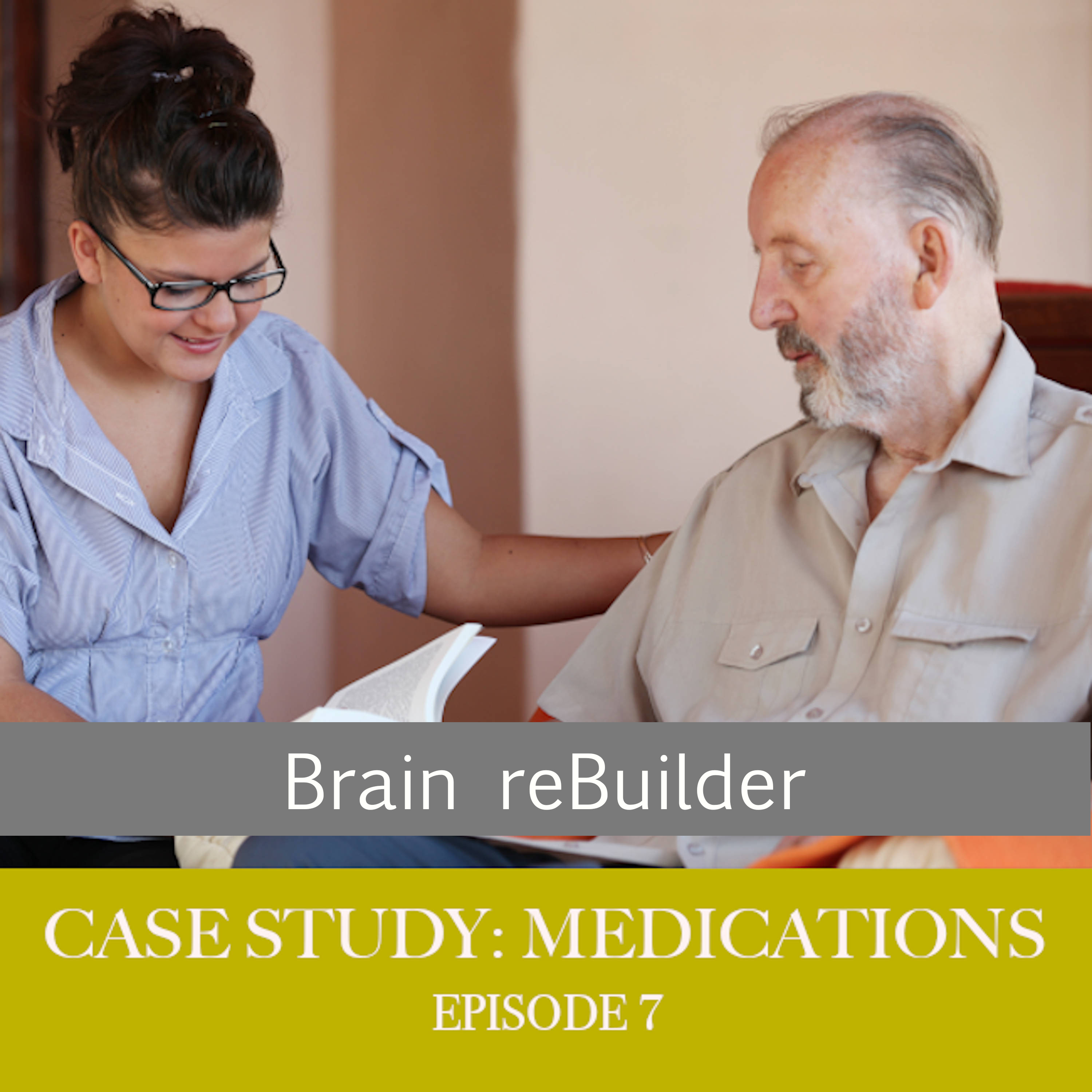Case Study Meds - Jerry

b'I once had a client whom I will call Jerry. \\nThis is extremely common with strokes, but his brain stem was affected by the stroke in a way that affected his ability to stay very awake during the daytime.\\nLike many others, Jerry had a situation in which some of the drugs he was using didn\\u2019t interact well with each other. He also had a situation in which the side-effects for the drugs he was using happened to be a very comprehensive list of all the problems he was having.\\nBut the biggest problem of all was that Jerry was taking an anti-seizure medication. \\nSeizures are a real medical risk, and in some cases it\\u2019s necessary to take this kind of drug. \\nAlso note that your use of this information does not constitute us forming a doctor-patient relationship. If you need medical advice, please get help from a medical professional whom you trust.\\nAnti-seizure medications actually slow the speed of the entire brain. This seems to help the fast and un-meaningful brain activity that defines a seizure. \\nHowever, the problem is this: \\nThe nerve connections responsible for waking up the entire brain do so by increasing the speed of the entire brain. So, in other words: Jerry was tired because of brain damage, and even more tired because of the anti-seizure medicine!\\nMy methods really necessitate an awake brain. First, because an awake, alert, active brain is most likely to perform the type of metabolic activities I need it to perform. Second, because fast brain activity is absolutely necessary for neurological plasticity. If you\\u2019re unsure about plasticity, please check out my podcast on that topic.\\nI am not aware of any scientific literature on this, but am aware that many claim craniosacral therapy to stop seizures from happening. Again, I don\\u2019t have any scientific evidence to back this claim, except to say that my limited personal experience confirms to me that craniosacral therapy is effective at stopping seizures from happening. I have also heard reports about upper cervical specific chiropractic techniques such as the Blair technique, being effective in preventing more seizures from happening again. \\nIn summary, while the drug may be absolutely necessary, it seems reasonable to explore alternative approaches. The reason this is important is because there is a very powerful likelihood that the anti-seizure medication will block brain self-healing. \\nFor Jerry, the neurological activation I was providing didn\\u2019t cause any changes in his brain until after we successfully weaned him off the anti-seizure medication, as confirmed by neurological signs. We were very fortunate in this case, because Jerry didn\\u2019t end up having any seizures after he was off the drug. Please also note that he did receive craniosacral therapy, which might have been the reason for him not having any more seizures \\u2013 but we don\\u2019t know for sure. \\nIf you find that you are not able to reduce or omit the anti-seizure meds, but that you are interested in activating your loved-one\\u2019s brain as a self-help activity, to help it recover from the affects of the stroke; then I would suggest that you might be able to adjust the timing of taking the drug and/or performing the neurological exercises. \\nFor example, if your loved one takes anti-seizure medication once first thing in the morning and once in the evening; then in this case it might be best to schedule the brain exercises in the early evening, before taking the evening dosage of the medication. This way, the anti-seizure drug will be having the least effect possible when you are trying to activate the brain. Of course, you may need to consult with your physician if you are planning to make any changes, including the timing of taking drugs.\\nWell, that\\u2019s it for now. Talk to you soon.'